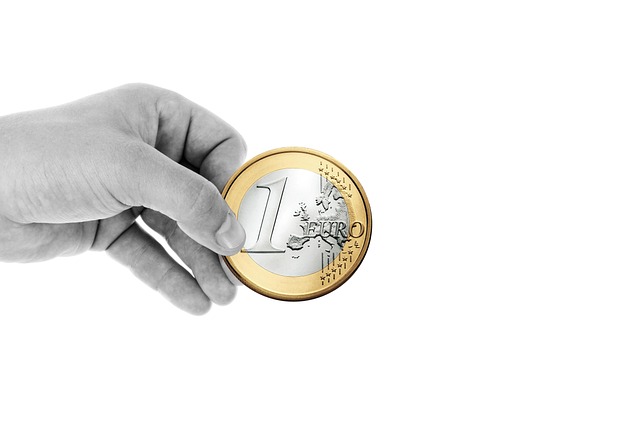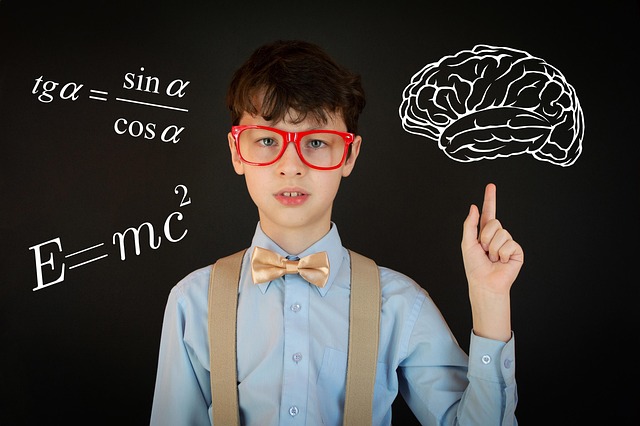
The Art of Effective Presentations: A Team Approach to Blending Science, Technology, and Workplace Culture
In today’s fast-paced business environment, the ability to deliver an effective presentation is more important than ever. This skill is not solely about having a polished delivery or stunning visuals; it encapsulates a harmonious blend of science, technology, and workplace culture. When these elements intertwine, teams can create a powerful impact that resonates with their audience.
Science plays a pivotal role in influencing how information is absorbed and retained. Understanding cognitive load theory, for instance, can help in designing presentations that enhance engagement while minimizing confusion. By utilizing principles from psychology, such as the dual coding theory, presenters can reinforce their message through the integration of visuals and verbal communication. As teams collaborate, they can leverage these scientific insights to craft narratives that appeal to the audience’s emotions and logical reasoning simultaneously.
On the other hand, technology serves as an invaluable ally in the pursuit of an effective presentation. With new tools emerging constantly, teams can employ interactive designs to captivate their audience’s attention. From software that facilitates real-time collaboration to presentation platforms that foster engagement through features like live polling and Q&A sessions, the technological landscape has a plethora of options at our fingertips. By embracing these advancements, teams can transform dull information dumps into dynamic experiences, making data more accessible and enjoyable.
However, no effective presentation is complete without considering the underlying workplace culture. A culture that encourages open communication, creativity, and experimentation fosters an environment where team members feel empowered to contribute their unique insights. This collaborative spirit not only enhances the quality of the presentation content but also promotes a sense of ownership among team members. When everyone is invested and feels their contributions are valued, the presentation benefits from a diversity of perspectives that can significantly elevate the overall message.
Ultimately, the art of crafting an effective presentation involves more than just technical proficiency; it’s about weaving together the threads of science, technology, and workplace culture to create a cohesive and impactful narrative. As teams work together to harness these elements, they pave the way for presentations that not only inform but also inspire and connect with audiences on a deeper level.



